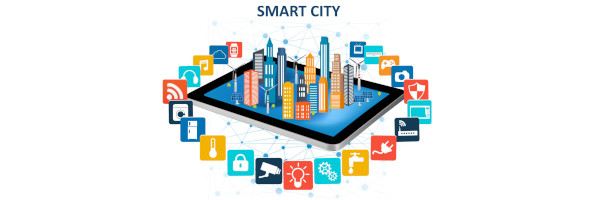Looking Beyond Today’s Smart City Deployment
Jump to navigation
Jump to search
| Introduction | |
|---|---|

| |
| Sectors | Introduction |
| Contact | Scott Tousley |
| Topics | |
- Authors
According to McKinsey & Company, the value of Internet of things technologies in the smart city environment is worth between $930 billion to $1.7 trillion per year in 2025. The impact is staggering and much of the projected ROI is based on effective data collection, management, processing, interpretation and timely application in the field. With less than 1% of the data available being currently used, the opportunity to make quantum leaps is enormous. Those organizations that incorporate interoperability into their existing systems obtain 40% more value. Additionally, the industrial use case for data is 200% more valuable than in the consumer markets. Clearly cities must unlock the value of data beyond the hype.
- 3 out of 4 organizations that are either constrained by legacy, culture or regulatory issues simply lack the understanding of the value of data. Education, acceptance of new policies and adherence is essential for city’s success.
- KPI’s must be established within the boundaries of current instrumentation and monitoring.
- Scalability and heterogeneity of data are two big challenges cities will face as the IoT data exhaust becomes bigger.
- Visualization will be increasingly relied upon for final or near final analysis. Care must be given to make sure technicians do not misinterpret data due to the ease of tis interface.
- Visualizing increasingly large data sets will require new approaches for viewing and making sense of the data. The city platform must be flexible enough to grow but stable enough to allow rollback changes if needed.
- Tool kits for creating high-performance web-based data visualization will be created. Data sets must be flexible enough to allow this type of development. Outputs such as histograms, scatterplots and more will become standard output methods. Data visualization will be on multiple platforms and need to be accessible on all types of mobile devices and interfaces, to include AI platforms, voice controlled platforms and more.
- Machine learning models will play an increasingly larger role with the data being created.

